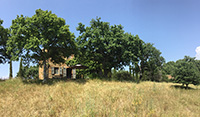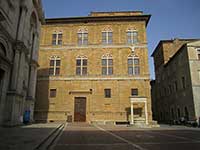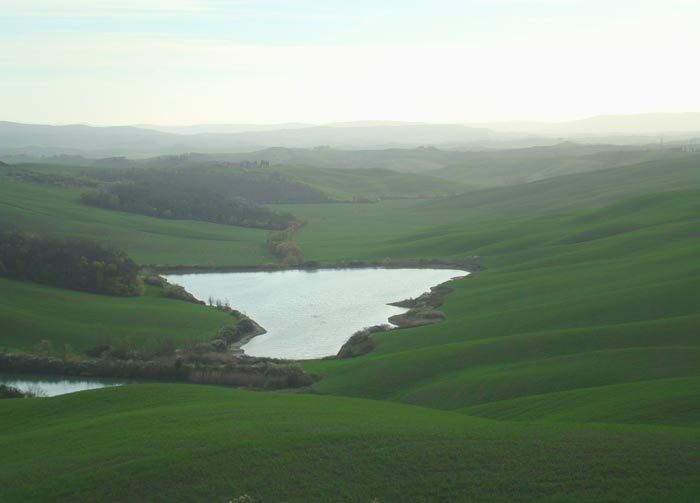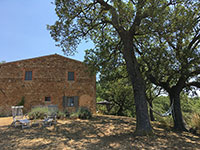Romeo and Juliet (Italian: Romeo e Giulietta) is a 1968 period coming-of-age romantic tragedy film based on the play of the same name by William Shakespeare. Directed and co-written by Franco Zeffirelli, the film stars Leonard Whiting as Romeo and Olivia Hussey as Juliet. Laurence Olivier spoke the film's prologue and epilogue and dubs the voice of the actor Antonio Pierfederici, who played Lord Montague, but was not credited on-screen. The cast also stars Milo O'Shea, Michael York, John McEnery, Bruce Robinson, and Robert Stephens.
|
| The story
One summer morning in Verona, a longstanding feud between the Montague and the Capulet clans breaks out in a street brawl. The brawl is broken up by the Prince, who warns both families that any future violence between them will result in harsh consequences. That night, two teenagers of the two families—Romeo and Juliet—meet at a Capulet masked ball and fall in love. Later, Romeo stumbles into the secluded garden under Juliet's bedroom balcony and the two exchange impassioned pledges. They are secretly married the next day by Romeo's confessor and father figure, Friar Laurence, with the assistance of Juliet's nurse.
That afternoon, Juliet's cousin Tybalt, furious that Romeo had attended his family's ball, insults him and challenges him to a brawl. Romeo now regards Tybalt as family and he refuses to fight him, which leads Romeo's best friend, Mercutio, to fight Tybalt instead. Despite Romeo's efforts to stop the fight, Tybalt mortally wounds Mercutio, who curses both the Montague and Capulet houses before dying. Enraged over his friend's death, Romeo retaliates by fighting Tybalt and killing him. Romeo is subsequently punished by the Prince with banishment from Verona, with the threat of death if he ever returns. Romeo then secretly spends his wedding night with Juliet, and the couple consummate their marriage before Romeo flees.
Juliet's parents, unaware of their daughter's secret marriage, have arranged for Juliet to marry wealthy Count Paris. Juliet pleads with her parents to postpone the marriage, but they refuse and threaten to disown her. Juliet seeks out Friar Laurence for help, hoping to escape her arranged marriage to Paris and remain faithful to Romeo. At Friar Laurence's behest, she reconciles with her parents and agrees to their wishes. On the night before the wedding, Juliet consumes a potion prepared by Friar Laurence intended to make her appear dead for 42 hours. Friar Laurence plans to inform Romeo of the hoax so that Romeo can meet Juliet after her burial and escape with her when she recovers from her swoon, so he sends Friar John to give Romeo a letter describing the plan.
However, when Balthasar, Romeo's servant, sees Juliet being buried under the impression that she is dead, he goes to tell Romeo and reaches him before Friar John. In despair, Romeo goes to Juliet's tomb and kills himself by drinking poison. Soon afterwards, Friar Laurence arrives as Juliet awakens. Despite his attempts to persuade her to flee from the crypt, Juliet refuses to leave Romeo, and once the Friar flees, she kills herself by plunging his dagger into her abdomen. Later, the two families, having ended their feud, attend their joint funeral and are condemned by the Prince.
Thom Yorke cites the film as one of the inspirations for the Radiohead song "Exit Music (For a Film)", which was written specifically for the ending credits of the 1996 film William Shakespeare's Romeo + Juliet [1].
|






